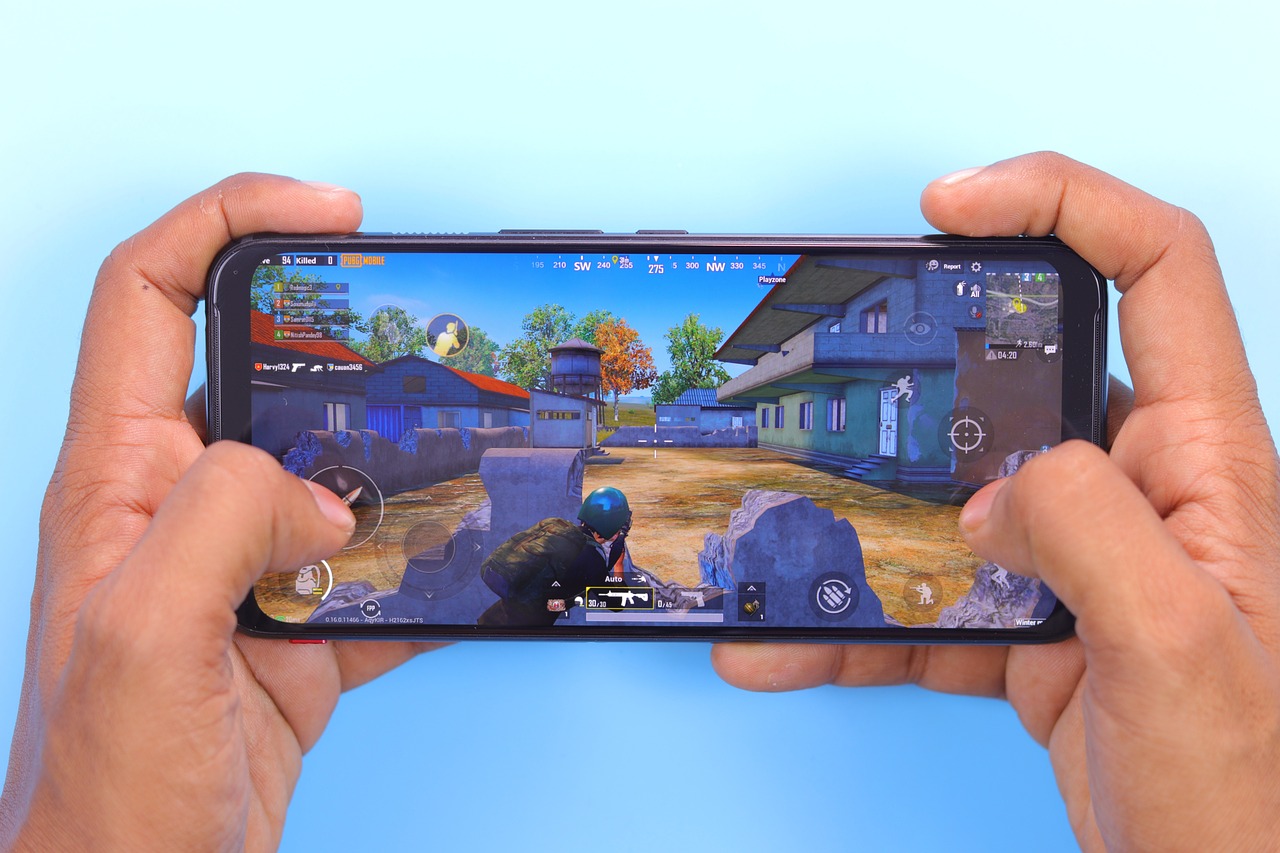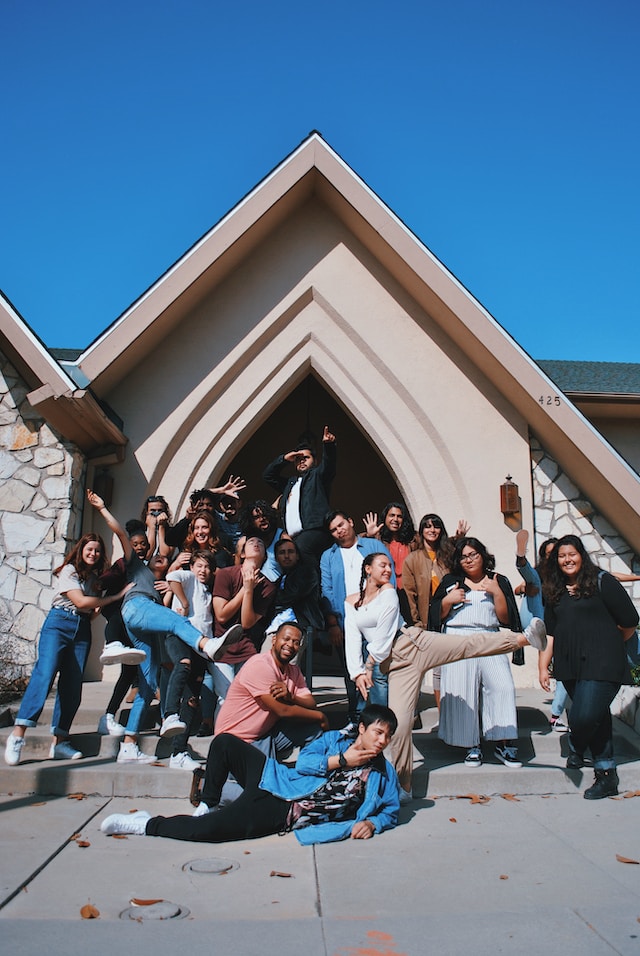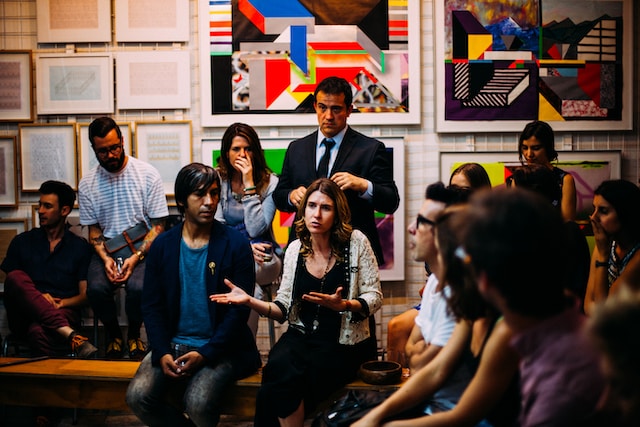Introduction
The way people consume news has changed dramatically over the past few decades. With the rise of social media, traditional print media has been forced to adapt to the new digital landscape. This shift has had a profound impact on the way news is reported, consumed, and perceived by the public. In this article, we will explore the evolution of news from print to social media and its impact on public perception.
The Rise of Social Media
Social media has revolutionized the way people consume news. With the click of a button, users can access breaking news from around the world in real-time. Social media platforms like Twitter, Facebook, and Instagram have become the go-to source for news for many people. According to a 2018 Pew Research Center survey, 20% of Americans say they often get news via social media, slightly higher than the share who often do so from print newspapers (16%) for the first time since Pew Research Center began asking these questions.
The Impact on Traditional Media
The rise of social media has had a significant impact on traditional media. With declining circulation and advertising revenue, traditional print media has been forced to adapt to the new digital landscape. Many newspapers and magazines have shifted their focus to digital platforms, with some even abandoning print altogether. This shift has led to a decline in the quality of journalism, as news organizations struggle to keep up with the demands of the 24-hour news cycle.
The Impact on Public Perception
The impact of social media on public perception of news has been both positive and negative. On the one hand, social media has made it easier for people to access news from a variety of sources. This has led to a more informed public, as people are exposed to a wider range of viewpoints and perspectives. On the other hand, social media has also led to the spread of fake news and misinformation. With so much information available online, it can be difficult for people to distinguish between fact and fiction.
The Role of Social Media in Shaping Public Opinion
Social media has become a powerful tool for shaping public opinion. With the ability to reach millions of people in real-time, social media has the power to influence public opinion on a wide range of issues. This has led to a rise in activism and social movements, as people use social media to organize and mobilize around issues they care about. However, social media has also been used to spread hate speech and propaganda, leading to increased polarization and division in society.
Conclusion
The evolution of news from print to social media has had a profound impact on public perception. While social media has made it easier for people to access news from a variety of sources, it has also led to the spread of fake news and misinformation. As social media continues to play an increasingly important role in shaping public opinion, it is important for news organizations and individuals to be vigilant in their consumption and dissemination of news. By staying informed and critical of the information we consume, we can ensure that social media remains a force for good in our society.










